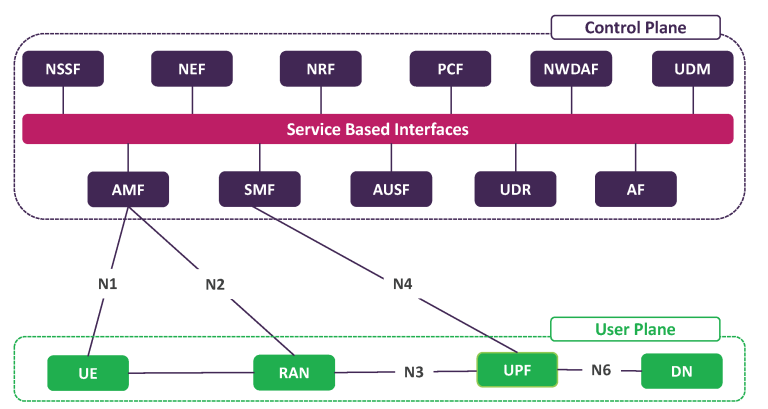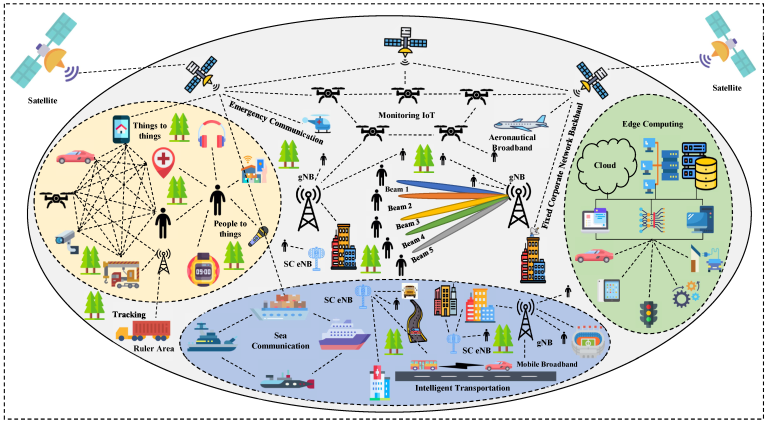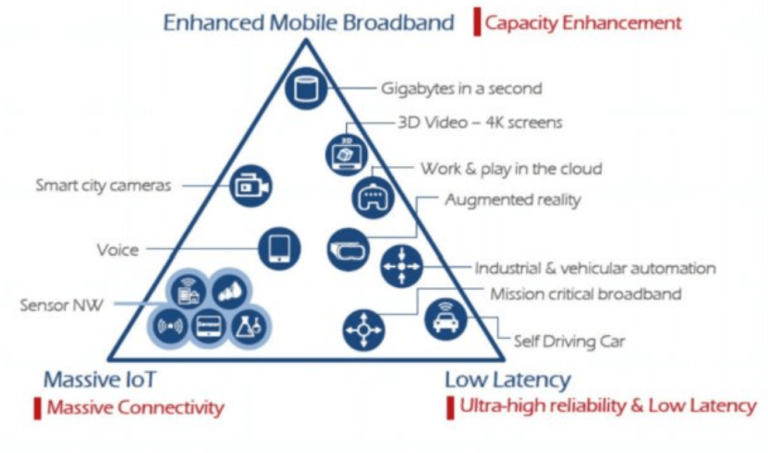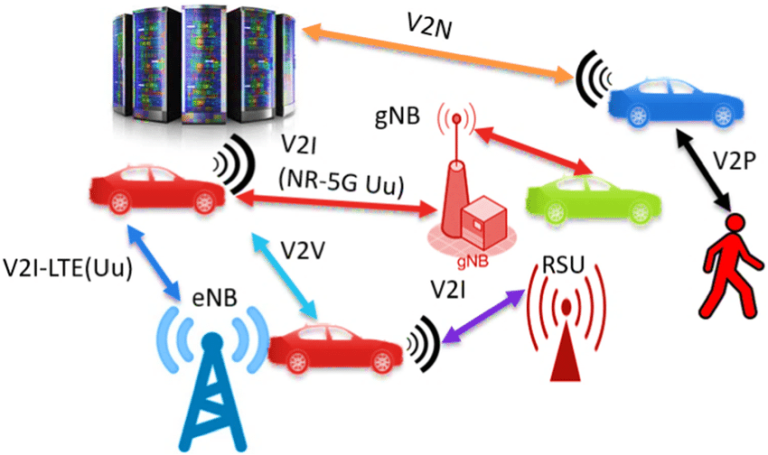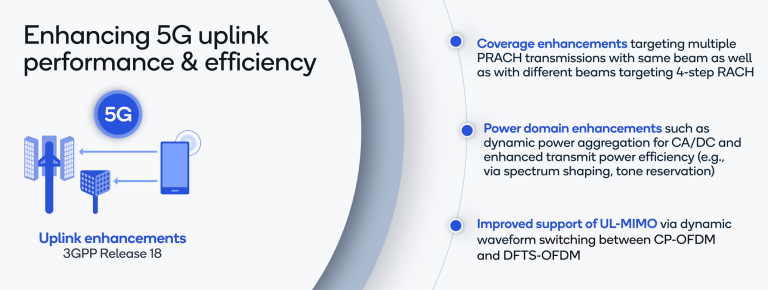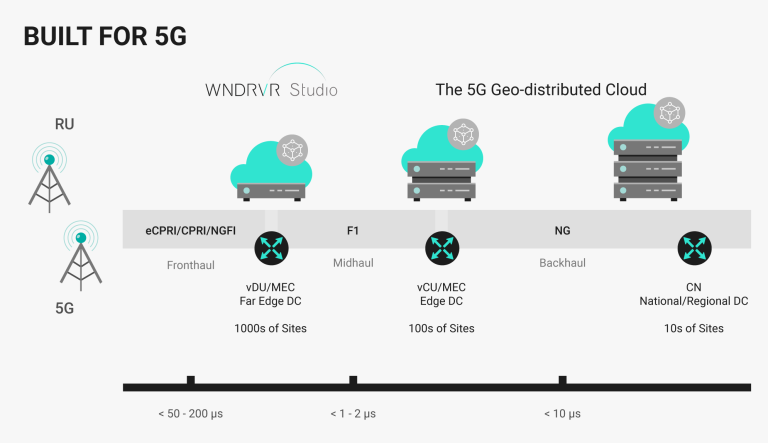Unlocking URLLC in 5G NR: Enablers and Air Interface Innovations
telcomatraining.com – The fifth generation of mobile networks (5G) has brought with it a new realm of possibilities, especially with Ultra-Reliable Low Latency Communications (URLLC) in 5G New Radio (NR). Designed for mission-critical applications like autonomous driving, remote surgery, and industrial automation, URLLC pushes the boundaries of reliability and responsiveness in wireless networks. This article…


